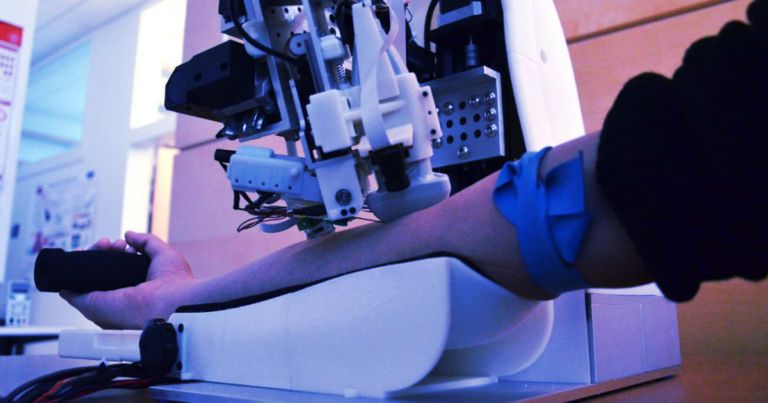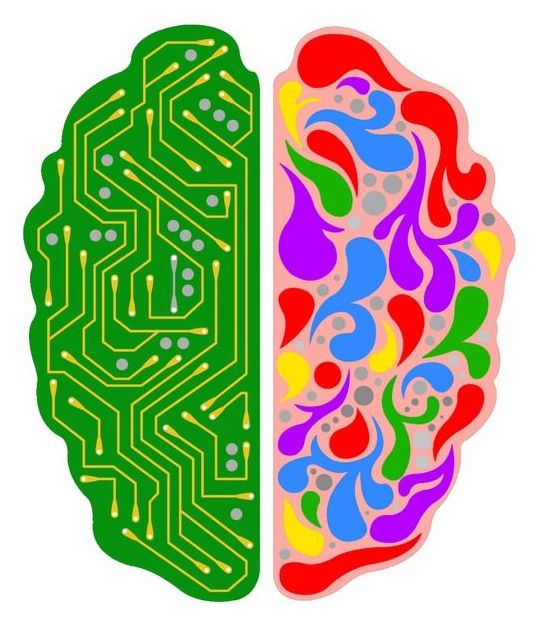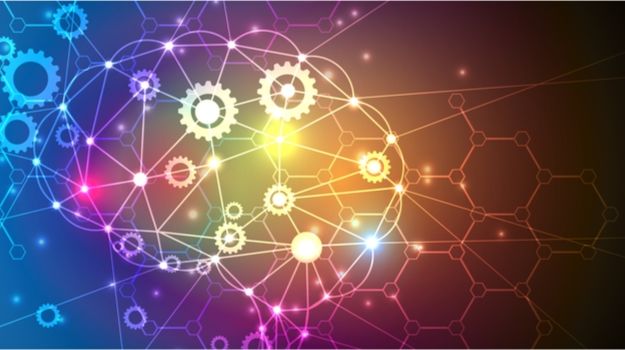AI and machine learning is poised to assist with moving into the next frontier of technology: data itself.


To date, teaching a robot to perform a task has usually involved either direct coding, trial-and-error tests or handholding the machine. Soon, though, you might just have to perform that task like you would any other day. MIT scientists have developed a system, Planning with Uncertain Specifications (PUnS), that helps bots learn complicated tasks when they’d otherwise stumble, such as setting the dinner table. Instead of the usual method where the robot receives rewards for performing the right actions, PUnS has the bot hold “beliefs” over a variety of specifications and use a language (linear temporal logic) that lets it reason about what it has to do right now and in the future.


How do human beings co-live with #AI in the #future? https://bit.ly/39BkOXe “Artificial intelligence (AI) has triggered many concerns and discussions in recent years, and through these discussions people are prompted to introspect on what it really means to be a human being …” #technology #innovation
Artificial intelligence (AI) has triggered many concerns and discussions in recent years, and through these discussions people are prompted to introspect on what it really means to be a human being. It provides us with plenty of food for thought regarding our science, society, family, work, etc., and all of these raise an important inquiry: how is life going to be with artificial intelligence being around us?

Artificial intelligence (AI) and machine learning are increasingly becoming a part of drug discovery and development beginning with identifying new compounds to structuring and designing clinical trials and targeting clinical trial populations.
A recent example came out of Linköping University in Sweden. The investigators utilized an artificial neural network to create maps of biological networks based on how different genes or proteins interact with each other. They leveraged a large database with information about the expression patterns of 20,000 genes in a large group of people. The AI was then taught to find patterns of gene expression.
And in mid-February, a drug developed using AI began testing in human clinical trials. The molecule, DSP-1181, is currently in Phase I clinical trials for obsessive-compulsive disorder. The compound is a long-acting potent serotonin 5-HT1A receptor agonist developed using AI that was part of a collaboration between Japan’s Sumitomo Dainippon Pharma and the UK’s Escientia. The AI developed the compound in about 12 months, compared to a more typical five-year process.


The researchers are hoping the extremely light material could be used to construct lightweight exoskeletons and shape-shifting “Terminator 2”-style robots, New Scientist reports.
Glass Beads
The researchers created a mixture of the soft metals gallium and indium, which had a melting point of just 15.7 Celsius (60.3 Fahrenheit). To make it float, the team gently stirred microscopic beads of glass, filled with air, into the liquid.

Feature image ‘Psychonaut’ courtesy of Tetramode.
Follow the Daily Grail on Facebook and on Twitter.
The last half century has seen humanity take its first, tentative steps into outer space. Initially, through American and Russian astronaut missions into Earth orbit and then to the Moon, though more recently robotic probes have ventured beyond our solar system entirely.

Devising an effective AGI value loading system should be of the utmost importance, especially when ETA of AGI is only years away. At the early stage of transition to the radically superintelligent civilization, we may use Naturalization Protocol Simulation to teach AGIs our human norms and values, and ultimately interlink with them to form the globally distributed Syntellect, civilizational superintelligence. Chances are AGIs and postbiological humans will peacefully coexist and thrive, though I doubt that we could tell which are which.